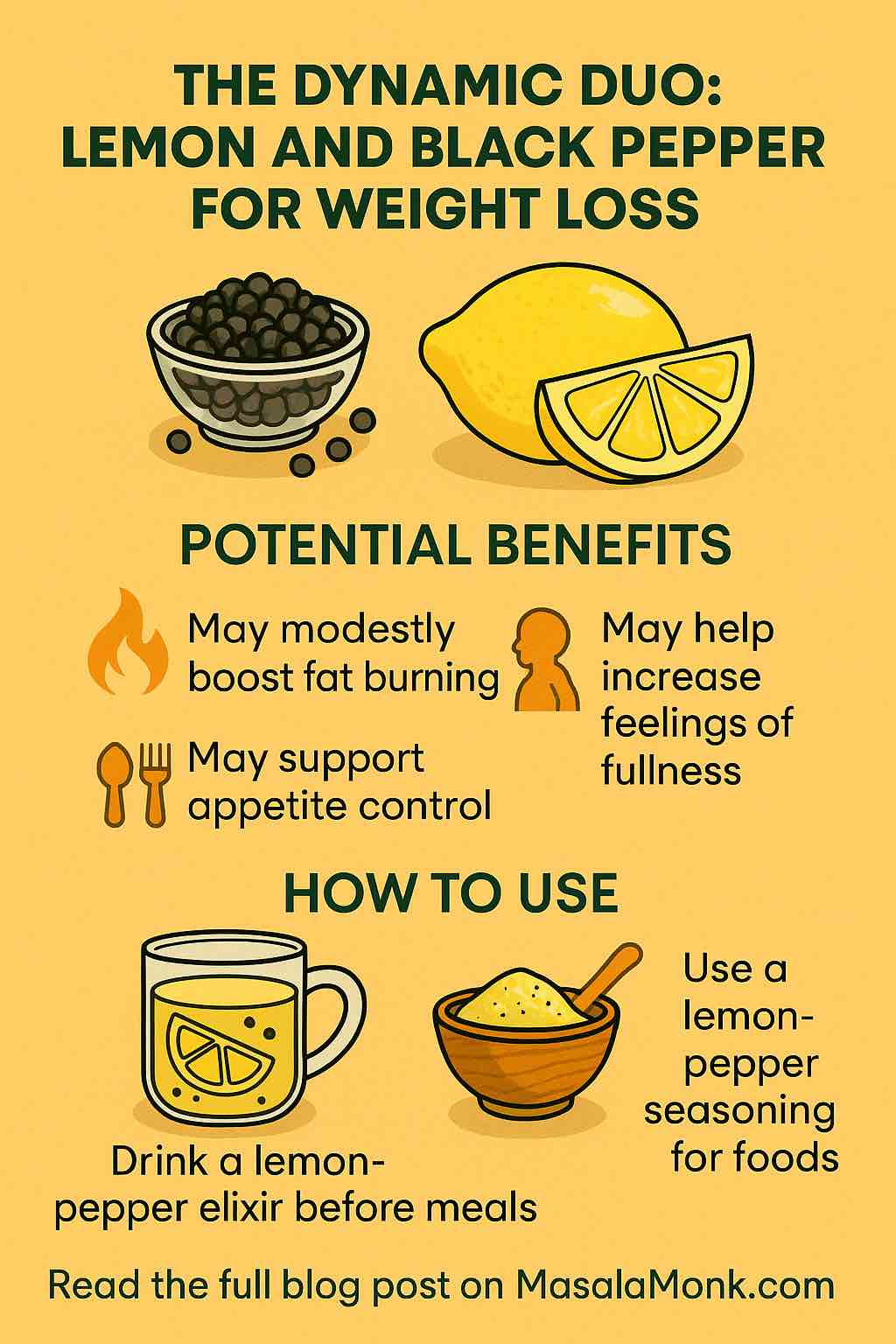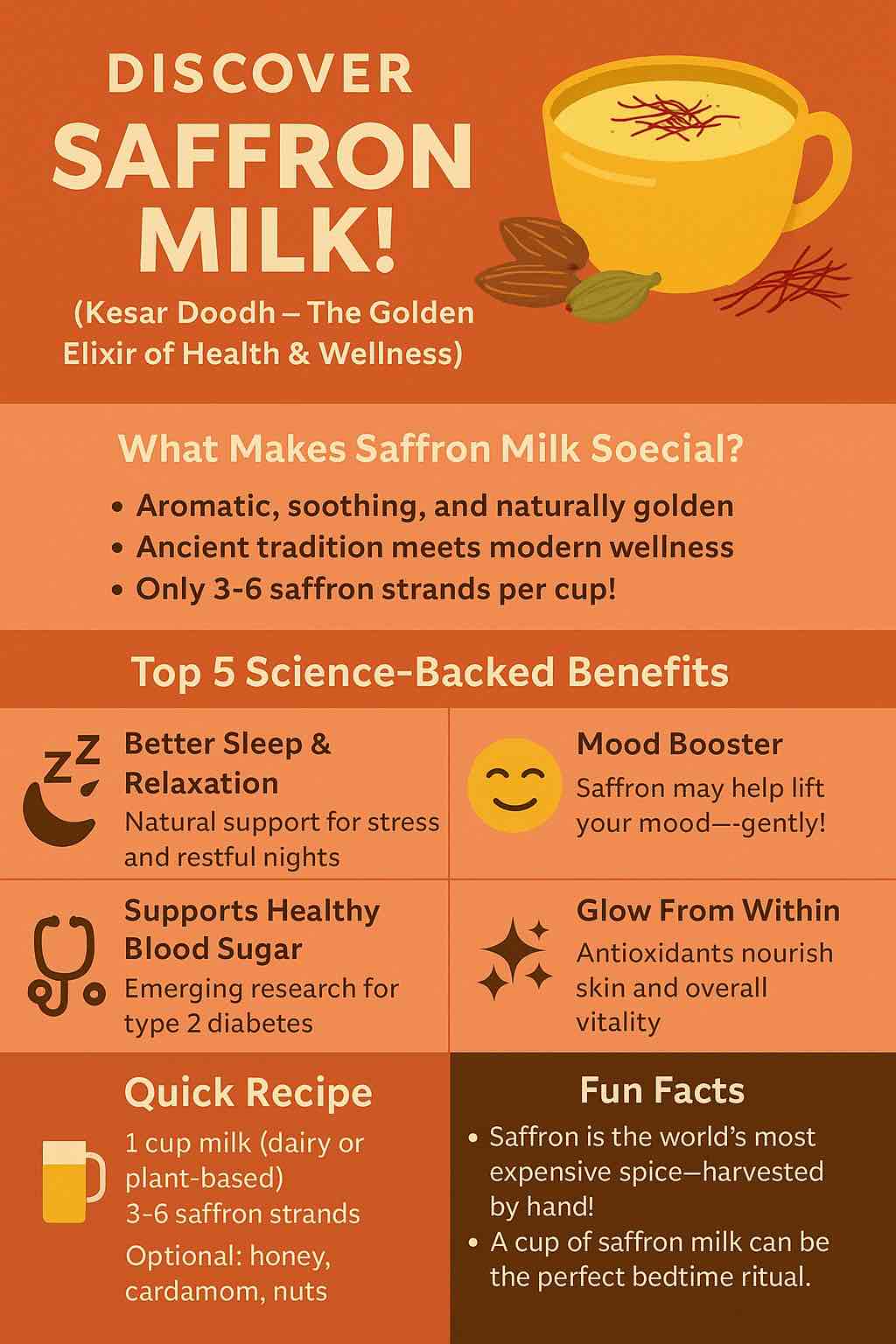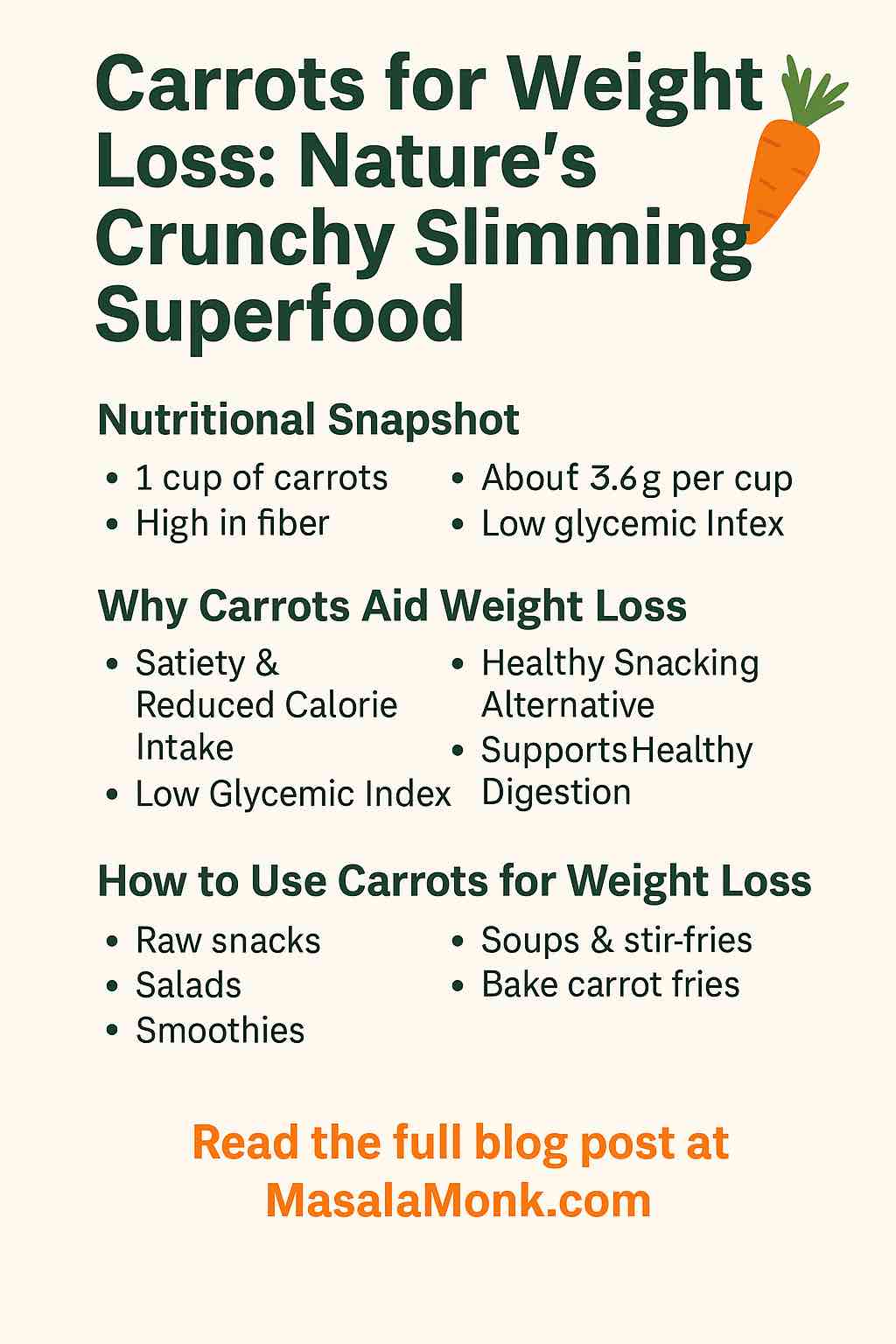
Pregnancy is a time of excitement, anticipation—and endless questions about what you should (or shouldn’t) eat. If you’re wondering about walnuts, you’re not alone. Walnuts are celebrated for their nutrition, but are they safe for moms-to-be? Can they really boost your baby’s brain? And how much is too much?
Here’s the truth, straight from the latest research (including new studies published in 2025): Walnuts are not only safe but can be a powerful ally in supporting your baby’s long-term brain and emotional development—if eaten in the right way and right amount. Let’s dive in!
What Makes Walnuts a Superfood for Pregnancy?
Walnuts stand out among nuts for several reasons:
- Omega-3 Alpha-Linolenic Acid (ALA): Essential for brain and eye development, especially in the early stages of pregnancy.
- Plant Protein & Fiber: Keeps you feeling full and supports steady energy—vital when growing a baby.
- Vitamins & Minerals: Folate (for neural tube health), vitamin E (antioxidant power), magnesium, copper, and more.
- Antioxidants & Polyphenols: Help reduce inflammation and boost your immune system.
What Does the Latest Research Say?
1. Cognitive and Behavioral Benefits for Children
- Landmark Spanish and Japanese cohort studies (2023–2025) found that moms who ate walnuts or mixed nuts during pregnancy had children with:
- Better attention, working memory, and IQ—lasting up to 15 years old.
- Fewer risky decisions and impulsive behaviors by age 11.
- Reduced social and peer problems by age 5.
- A 2023 clinical trial (IMPACT-BCN, Spain): Moms on a Mediterranean diet rich in walnuts (about 15 whole walnuts per week) had children with significantly higher cognitive and emotional scores at age 2.
2. Allergy Prevention and Immune Support
- Iranian and international studies suggest that regular nut consumption during pregnancy may lower the risk of allergies in babies—possibly cutting the odds by as much as 90% compared to women who avoid nuts.
3. Metabolic Health for Mom
- Eating nuts, including walnuts, is linked with a lower risk of gestational diabetes and healthier weight management during pregnancy.
How Much Should You Eat? Practical Dosage & Timing
- Best timing: The first trimester (first 12–14 weeks) seems most critical for your baby’s brain and behavioral development, but benefits continue throughout pregnancy.
- How much: A small handful per day is ideal—about 30–35 grams (7–10 whole walnuts). Research studies typically used 30–75 grams per week.
- Don’t overdo it: Walnuts are healthy but calorie-dense. Stick to recommended portions to avoid excessive weight gain.
Myths & Common Questions: Fact-Checked
Q: Can eating walnuts cause allergies in my baby?
A: No! The latest research shows no link between eating nuts during pregnancy and a higher risk of allergies—in fact, moderate intake may reduce allergy risk.
Q: Should I avoid nuts if I have a family history of allergies?
A: If you are not allergic to nuts, research says you don’t need to avoid them, but always consult your doctor if you’re unsure.
Q: Are walnuts better than other nuts?
A: Walnuts are especially high in omega-3s, but almonds, hazelnuts, and pistachios also offer benefits. Mixing it up is a good strategy!
How to Add Walnuts to Your Pregnancy Diet (Tasty & Easy Ideas)
- Sprinkle on breakfast: Add chopped walnuts to oatmeal, Greek yogurt, or smoothie bowls.
- Boost your salad: Toss a handful on top for crunch and nutrition.
- Bake into snacks: Mix into banana bread, muffins, or homemade granola bars.
- Quick snack: Pair with fresh fruit, dark chocolate, or a small piece of cheese.
- Blend into sauces: Walnuts add creaminess and nutrition to pesto or pasta sauce.
Safety First: Who Should Be Careful?
- If you have a nut allergy: Avoid walnuts entirely and consult your healthcare provider.
- Digestive sensitivities: Walnuts are high in fiber; introduce them slowly if you’re not used to eating many nuts.
- Caloric balance: Walnuts are dense in calories. A small portion goes a long way.
The Bottom Line: Walnuts & Pregnancy
Walnuts are safe—and highly beneficial—during pregnancy for most women. They can support your baby’s cognitive, behavioral, and emotional development, as well as your own health and wellbeing. The key is moderation, variety, and starting early (ideally in the first trimester).
As always, check with your healthcare provider about your individual situation, especially if you have allergies or unique dietary needs.
Want More? Real-Life Tips & Encouragement
- Plan ahead: Keep a jar of walnuts in your kitchen for easy snacking.
- Meal prep: Batch-bake healthy walnut snacks or toss in salads for the week ahead.
- Share with your partner: The same healthy habits support everyone in the family!
Congratulations on your pregnancy! Eating well now is a gift to both you and your baby—for life.
Frequently Asked Questions (FAQs)
1. Can I eat walnuts in the first trimester of pregnancy?
Yes. Research suggests eating walnuts in the first trimester offers the greatest benefits for your baby’s brain and cognitive development.
2. How many walnuts should I eat per day during pregnancy?
About 7–10 whole walnuts (30–35 grams) per day is a safe and beneficial amount for most pregnant women.
3. Are walnuts safe if I have a family history of nut allergies?
If you are not personally allergic, you can usually eat walnuts safely. However, consult your doctor before including them in your diet.
4. Can eating walnuts during pregnancy cause my baby to have a nut allergy?
No. Current research indicates eating nuts does not increase allergy risk in your baby; it may even help reduce it.
5. Are walnuts better than other nuts in pregnancy?
Walnuts are especially high in omega-3s, which are important for fetal brain development. Including a mix of nuts is also healthy.
6. What are the main benefits of walnuts in pregnancy?
Walnuts support fetal brain development, reduce inflammation, may lower allergy risk, and provide key nutrients for mother and baby.
7. Can walnuts help prevent gestational diabetes?
Walnuts, as part of a healthy diet, may help support normal blood sugar levels and reduce the risk of gestational diabetes.
8. How can I add walnuts to my pregnancy diet?
Try walnuts in oatmeal, yogurt, salads, baked goods, smoothies, or as a simple snack.
9. Are there any side effects of eating too many walnuts during pregnancy?
Walnuts are high in calories and fiber. Overeating may cause digestive discomfort or unwanted weight gain. Stick to a moderate handful daily.
10. Should I stop eating walnuts in late pregnancy?
No need to stop. While the first trimester is key for cognitive benefits, walnuts are nutritious throughout pregnancy.













